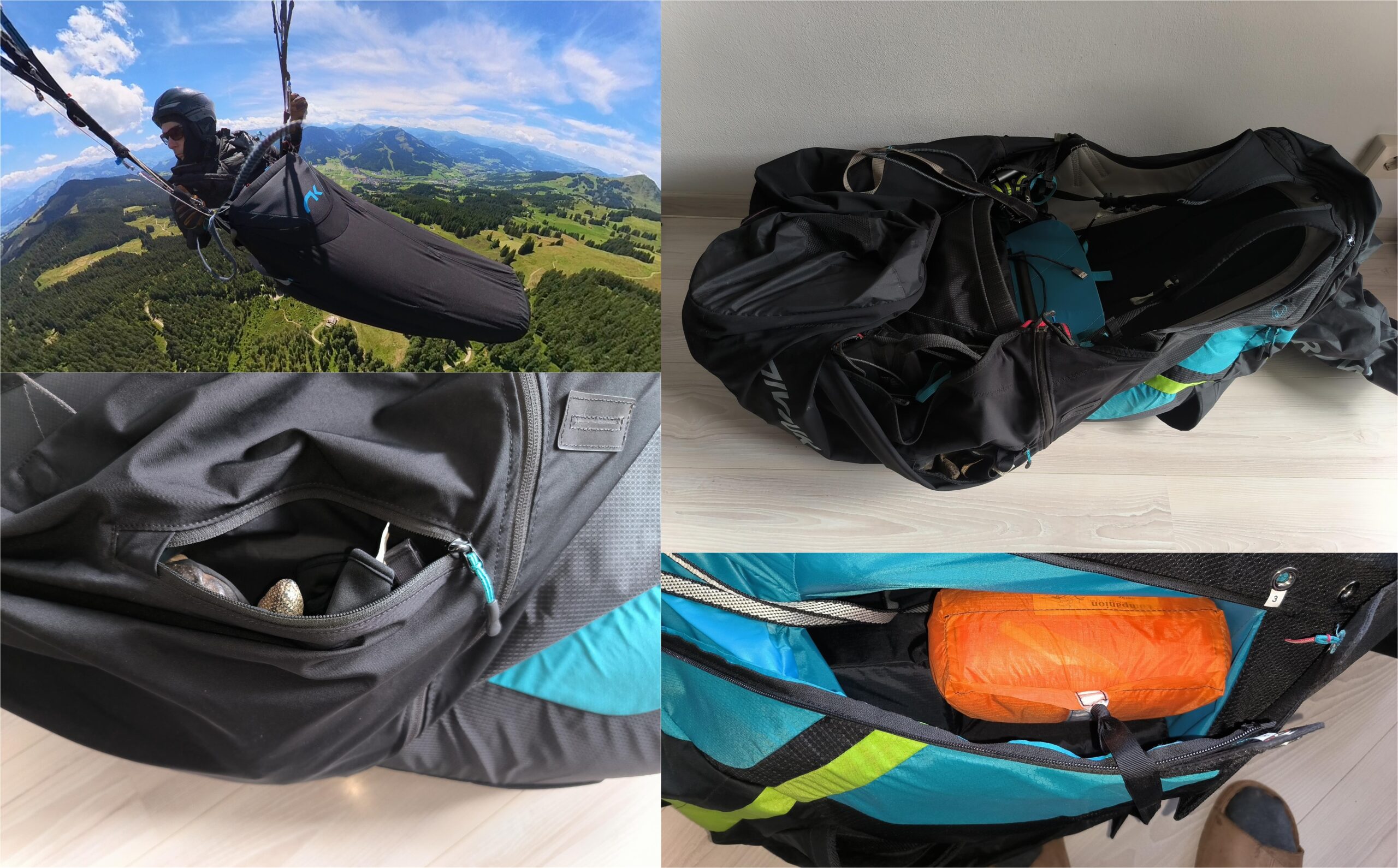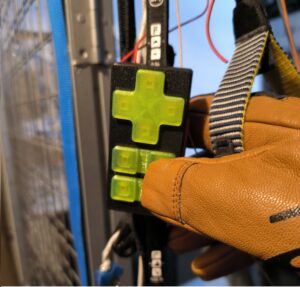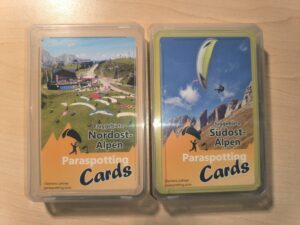In the relevant specialist magazines, forums and blogs, harnesses tend to play a subordinate role. Reason enough for me to test harnesses regularly and publish a report on them here in this blog. But what are the criteria for a test that is as objective as possible?
A note in advance: I have no special knowledge of harnesses, but I try to improve my knowledge with every test. Also, tests are always subjective and at most partially objective. Another problem with tests of this kind is that you have to take into account a large number of parameters that I, as a hobby blogger, cannot take into account at a reasonable cost. The parameters include harness sizes, weather conditions, take-off weight, etc. Therefore, reading the test report will not save you the test flight with the harness of your choice, but perhaps you will gain a first impression. You are welcome to leave your experiences as a comment under the respective report. Do you have a favourite candidate that you would like to have tested? Let me know, and I’ll bring the test forward if the harness is available.
I have no business relationship with any harness manufacturer, so you can be sure that the report is really my opinion.
The Hochries flying school has agreed to provide me with a harness for testing, provided it is not needed for other purposes. I would like to thank them in advance for their support. It will probably not be so easy to get harnesses directly from the manufacturer. As I don’t live too far from Brauneck, and it offers three launch directions, this is the ideal mountain for testing (from the beginning of December, as I still have to wait for my annual pass). I will mainly be testing pod harnesses, but will certainly test one or two sitting harnesses. I will work through the following points and use the structure below so that the tests can be compared with each other and I can compile the test reports quickly. Of course, the report may vary depending on the type of harness.
Information in the manufacturer’s manual, tips and tricks and special features are described in all the following chapters.
Introduction
History, test conditions, flying hours, manufacturer, test environment, harness type, intended use, target group, concept, design, manufacturer’s instructions, type testing, certificate, safety instructions, scope of delivery.
Construction
Technical data (weight, sizes, etc.), construction, material, carabiners, protector type and size, accelerator, storage space (for water bladder, gloves, utensils, anti-G, etc.), cockpit, rescue parachute hatch (installation and removal), rescue parachute (handle, suspension, volume), leg bag, seat board, instrument panel, footboard, pack size, seating comfort, variants, colour, accessories, mounting options (for action cam, water hose, anti-G, etc.), anti-forget system, locking system, urine tube, build quality, recommended modifications, getting in and out of the simulator, seating comfort in the simulator.
Settings
Settings on the simulator such as leg bag, seat, chest strap, back, accelerator.
Create and start
Putting in order, boarding, clarity, leg bag closure, take-off run, leg bag retrieval, tail fin alignment.
Flying, landing and packing
Seating comfort, yaw, flight feel, back support, settings (speed bar, distance between carabiners, back etc.), draught, insulation, fabric tension, accessibility of accessories, speed bar and rescue handle, speed bar stroke and smoothness, performing different manoeuvres (turning, weight shift, fast and slow flight etc.), flying with different settings (distance between carabiners, back etc.), aerodynamics, righting, leg bag opening, exit, landing, discarding, pack size, packing methods.
Experience
Reports from other pilots who have flown the harness over a longer period of time. Of course, I can only provide an experience report if the harness has been on the market for some time and I find someone who would like to report.
Conclusion
Positive, negative, neutral.
Further links
YouTube, manufacturer’s website, test certificate, reports in forums, blogs, social media and private homepages.
I will update this article from time to time as my knowledge progresses.





